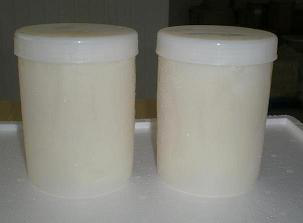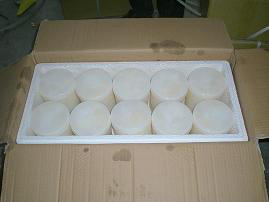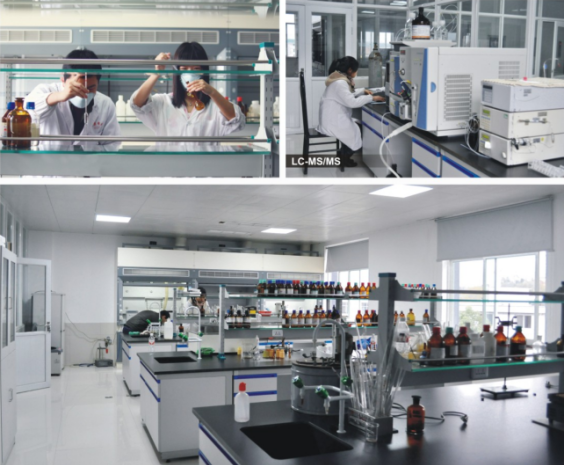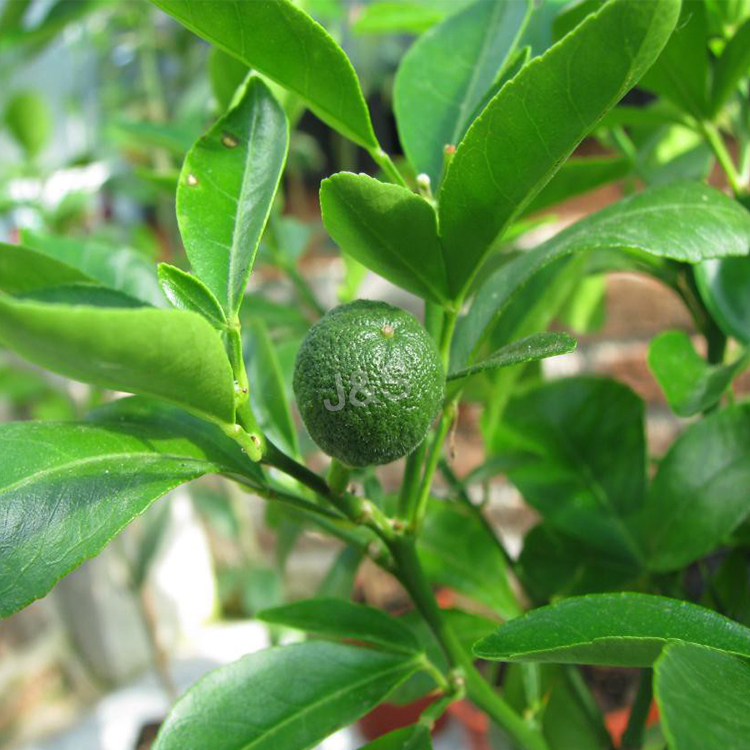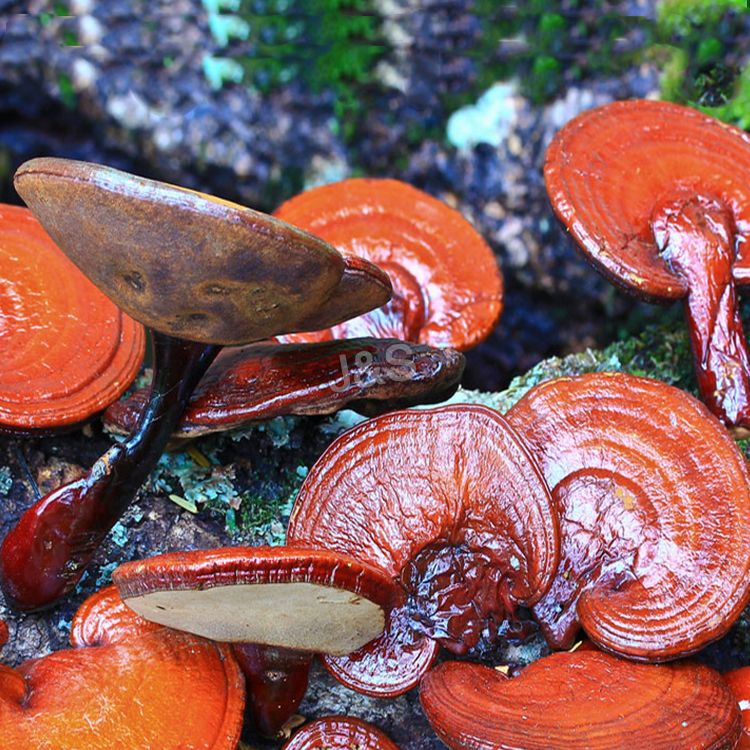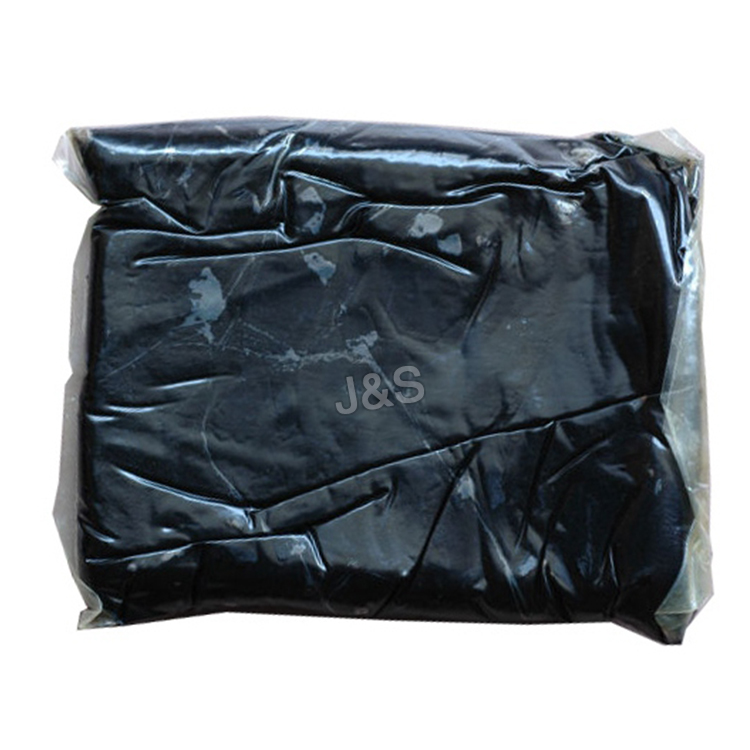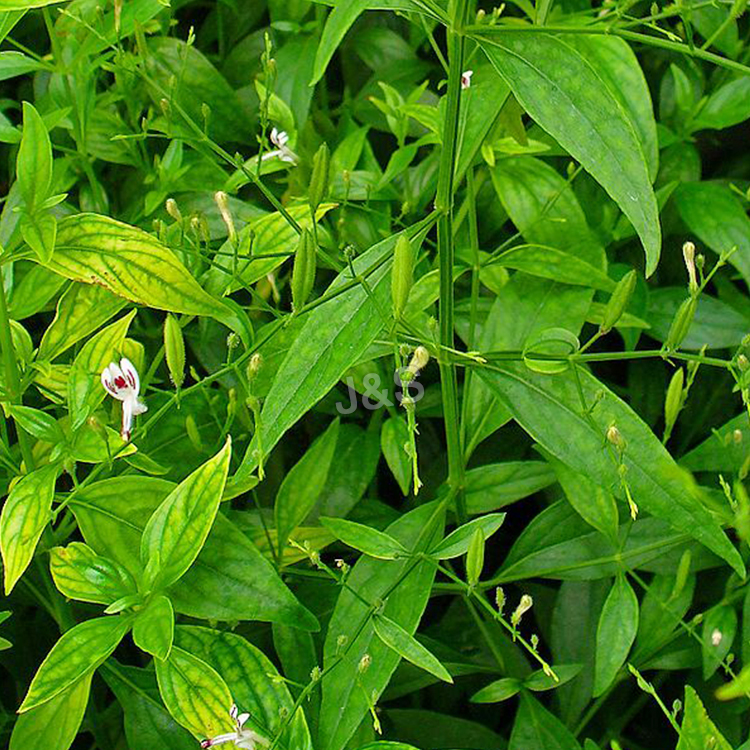Wholesale price stable quality Organic Fresh royal jelly Factory from Estonia
Wholesale price stable quality Organic Fresh royal jelly Factory from Estonia Detail:
[Products Name] Fresh royal jelly, organic fresh royal jelly
[Specification] 10-HDA 1.4%, 1.6%, 1.8%, 2.0% HPLC
[Gerneral feature]
1. Low antibiotics, Chloramphenicol< 0.1ppb
2.Organic certified by ECOCERT, according to EOS & NOP organic standard;
3.100% pure natural frozen fresh royal jelly
4.Can be easily produced into soft capsules.
[Our advantages]
- 600 bee farmers, 150 units of bee-feeding groups located in natural mountains;
- Organic certificated by ECOCERT;
- NON-antibiotics, widely exported to Europe;
- Health Certificate, Sanitary Certificate and Quality Certificate are available.
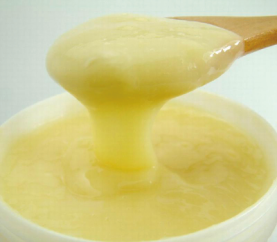
[Packing]
1kg in plastic jar, with 10 jars per carton.
5kg in a aluminum foil bag, 10kgs per carton.
Also we can pack as customer’s requirement.
[Transportation]
If quantity ordered is low we can transport by air,
If above 4,000kg, by sea, one 20 foot refrigerated container.
[Storage]
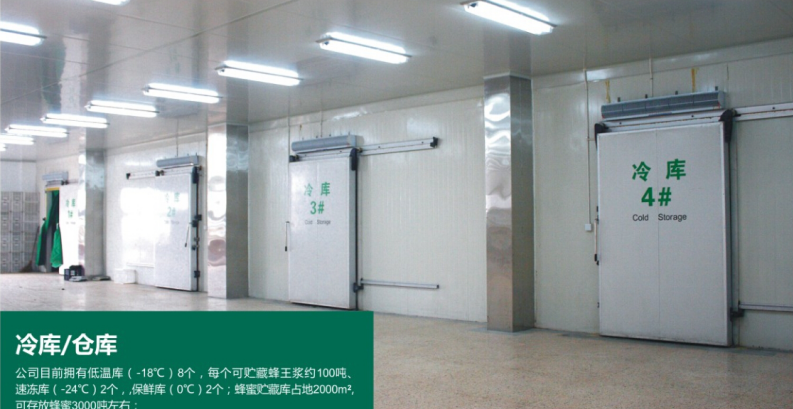
[What is royal jelly]
Fresh royal jelly is the concentrated super food responsible for turning an ordinary worker bee into a queen bee. The queen bee is 50% larger than a worker bee and lives for up to 4 to 5 years with worker bees living through only one season.
Fresh royal jelly, along with bee pollen, propolis and honey, contains a natural source of nutrients, which the body needs to maintain good health. Athletes and other people report increased stamina and general well being, after two weeks supplementing their diets.
Main indices of physical and chemic in fresh royal jelly
|
Ingredients Indices |
Fresh royal jelly |
Standards |
Results |
|
Ash |
1.018 |
<1.5 |
Complies |
|
Water |
65.00% |
<69% |
Complies |
|
Glucose |
11.79% |
<15% |
Complies |
|
Water-solubility protein |
4.65% |
<11% |
Complies |
|
10-HDA |
1.95% |
>1.4% |
Complies |
|
Acidity |
32.1 |
30-53 |
Complies |
[Quality control]
Traceability record
GMP standard production
Advanced inspection equipment
[Benefits]
The benefits of Royal Jelly and other hive products are no longer treated as folk medicines. Royal jelly has been found to be helpful in the following areas:
1) Tones and strengthens skin
2) Relieves weak and tired eyes
3) Combats the aging process
4) Improves memory
5) Aiding restful sleep
6) Helps against impotence in men and infertility in women
7) It is an antibacterial and may help to prevent leukemia
8) Has a yeast-inhibiting function, preventing conditions such as
thrush and athlete’s foot
9) Contains the male testosterone, which may increase libido
10) Can help treat muscular dystrophy
11) Improves resistance to allergies
12) Controls cholesterol levels
13) Boosts the body’s resistance to the harmful side effects of
chemotherapy and radiotherapy
14) Helps treat skin problems, including eczema, psoriasis and acne
15) Combined with Pantothenic acid, royal jelly provides relief from
the symptoms of arthritis.
Product detail pictures:

Related Product Guide:
We know that we only thrive if we can guarantee our combined price tag competiveness and top quality advantageous at the same time for Wholesale price stable quality Organic Fresh royal jelly Factory from Estonia , The product will supply to all over the world, such as: London, Switzerland, El Salvador, It is our customers' satisfaction over our products and services that always inspires us to do better in this business. We build mutually beneficial relationship with our clients by giving them large selection of premium car parts at marked down prices. We offer wholesale prices on all our quality parts so you are guaranteed greater savings.
Products used:
*Curl Ecstasy Hair Tea Deep Conditioner
This magical Asian Hair Tea conditioner combines certified organic extracts, exotic emollients with vitamin packed botanicals to moisturize, condition, strengthen and protect your over worked curls. Ideal conditioner to combat the sizzling summer sun and brutal winter winds. For best results use with heat!
*Blueberry Bliss Curl Control Paste
Smooth unruly edges, add sheen and define your curls all in one!
Formulated with organic blueberry extract, argan oil (proven to encourage hair growth) mango and shea butter, argan oil, Blueberry Bliss Curl Control Paste smooths and slicks down unruly edges, creating the most luxurious sheen! Use this super sculpting pomade to enhance, define and hold your curls.
*Cashmere Curls – Leave in Conditioner
For Curly and Kinky Textures – Moisturizes and Refreshes 2nd Day Hair!
Every curly dreams of healthy, defined, soft, manageable curls…Cashmere Curls is your dream come true! Formulated with pure Cashmere Extract, Certified Organic Aloe Leaf and Coconut Milk, Cashmere Curls softens, strengthens, repairs, defines, and moisturizes damaged tresses leaving them bouncy, shiny and silky smooth. By bonding to the hair shaft, Cashmere Curls strengthens 3 layers of the hair thus enhancing the curl pattern.
*Cashmere Curl Jelly
Elongagtes, defines, and adds sheen for KINKY textured curlies
Formulated with certified organic Cashmere extract, this dream styler adds sheen, repairs overworked, damaged hair, and elongates tightly curled hair all lin one step! Ideal styler for curlies with tightly coiled textured tresses that are looking for remarkable sheen and added length. Works great with twist out, braid out, roller/straw sets, and other natural styles
If you are a business: Contact Me at: Chevymonique@gmail.com For Business inquires ONLY such as Product Review or Sponsorship
Disclaimer: All these products were purchased by me. This is in no way a sponsored video unless said so. Everything is my own opinion.
https://www.iitutor.com
Changes in temperature in the natural environment of plants affect both their functioning and their growth. Maintenance of a relatively stable internal environment is just as important for plant metabolism as it is for animals. Plants respond to changes in light, water availability and temperature, all of which are linked, since heat is often associated with light (for example, the radiant energy of sunlight). Most plants have a growth season and life cycle that follow the seasonal temperature variations of their environment. Low availability of water may also be associated with very cold temperatures, since frozen water (ice and snow) is not available for use by plants. Temperatures above 40°C may cause damage to proteins and those above 75°C to chlorophyll pigment within the plant. Since plants cannot move into the shade- they tend to have stronger physiological and structural adaptations. Reflective leaf surfaces that reduce the amount of radiation absorbed can help keep a plant cool in hot conditions. Leaves may be light or silvery coloured, or have waxy or shiny surfaces. Evaporative cooling – loss of water via transpiration (stomata opening) in order to evaporate and have a cooling effect on the plant. This decreases internal temperature, however if water is not readily available this can kill the plant. Hot areas are often dry, compromising evaporative cooling—a plant needs to strike a fine balance between the risks of excess water loss during cooling versus heat build-up during water conservation. Wilting – some plants can wilt during the day instead, which decreases surface area of flowers/leaves to the sun. If water is readily available, this is temporary. If water not available, this can lead to the death of the plant. For example, roses. Leaf orientation – Plants change the orientation of their leaves to decrease the surface area exposed to the sun at the hottest part of the day. Most eucalypts hang vertically to reduce their exposure to the hot sun. Plants responding to excessive temperature like fires, may die, (especially non woody plants), however they leave dormant seeds, with thick protective seed coats. Seed dispersal in some Australian plants is stimulated by the extreme heat of fire. Banksia, Hakea and some Eucalyptus plants bear fruits with hard woody cases that are not dropped from the parent plant. The heat of a fire stimulates the fruits to open, and the seeds are released. Some of these seeds need fire as a trigger to germinate (begin to grow a seedling). Or some plants may die above ground leaving roots, rhizomes, bulbs or tubers to survive underground. When favourable conditions return, these sprout. Leaf fall in Summer. Eucalypts are evergreen trees that drop some of their leaves during the dry season in hot climates to reduce the surface area exposed to absorb heat. This also reduces the risk of losing too much water by transpiration. Temperature is one factor that controls developmental changes in a plant’s life cycle, from germination through to flowering and seed dispersal. In Australia, too high a temperature during flower formation produces a poor wheat crop, because pollen formation is very temperature-sensitive. Leaf fall in autumn (deciduous trees)
Many trees lose their leaves during autumn and the cold winter months when resources (for example the sun and water) are not as readily available. It allows them to survive not only the extremely low temperatures, but also the water shortages and lower availability of sunlight. For example, the beech tree found in Tasmania. Organic anti-freeze – Normally, in cold conditions, water between cells freezes first posing the greatest risk of damage for plants. Some plants that live in extremely cold conditions produce anti-freeze substance that reduces the temperature at which the cytoplasm or cell sap freezes. Frost during periods of new growth may damage plants, but many plants have leaves that are frost-tolerant. For example, after frost the leaves of camellias appear semi-transparent, but on thawing return to normal. Plants may alter their growth rate, active plant growth can occur within the range 5°C-45°C or in tropical areas, growth may cease below 15°C. Vernalisation some plants flower in response to low temperatures for example, tulip bulbs must be exposed to between 6 weeks and 3 months of intense cold before they will flower. Australian gardeners often mimic this effect by removing tulip bulbs from the ground in winter and storing them in the refrigerator, before replanting them in spring, to ensure that they will flower. Plants must also maintain a relatively stable internal environment. Since plants cannot move – they tend to have stronger physiological and structural adaptations. For heat some adaptations include wilting and dropping leaves. For cold some include: frost tolerance and being deciduous.
The after-sale warranty service is timely and thoughtful, encounter problems can be resolved very quickly, we feel reliable and secure.


